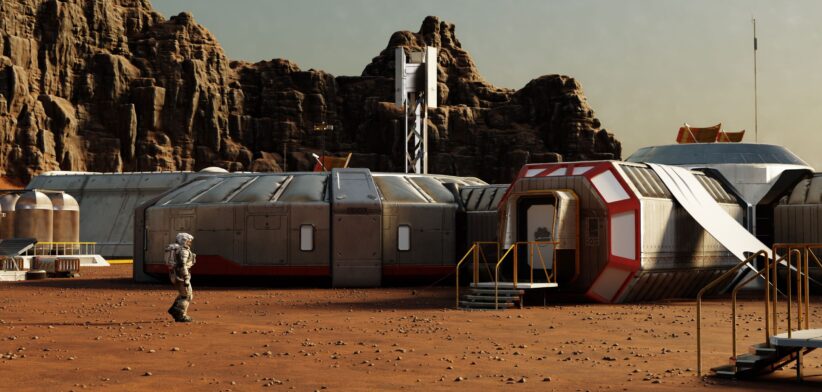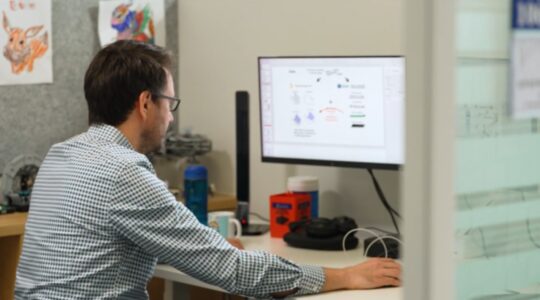Australian scientists are looking forward to life on Mars and developing ways to produce construction materials on the red planet.
CSIRO Scientist Deddy Nababan said while many have dreams of building settlements on our planetary neighbour, construction demanded materials.
“Sending metals to Mars from Earth might be feasible, but it’s not economical,” Dr Nababan said.
“Instead, we can use what’s available on Mars.”
He said the answer was in the Martian dirt, known as regolith, and a process called astrometallurgy, or making metals in space.
“Mars has all the ingredients needed to make native metals. This includes iron-rich oxides in regolith and carbon from its thin atmosphere, which acts as a reducing agent.”
Swinburne University of Technology astrometallurgist Professor Akbar Rhamdhani is working with Dr Nababan to test this process with regolith simulant – an artificial recreation of the material found of Mars.
“We picked a simulant with very similar properties to that found at Gale Crater on Mars and processed them on Earth with simulated Mars conditions. This gives us a good idea of how the process would perform off-world,” Professor Rhamdhani.
He said the simulant was placed inside a chamber at Mars surface pressure and heated at increasing temperatures, with the experiments showing pure iron metal formation around 1000°C, with liquid silicon-iron alloys produced around 1400°C.
“At high enough temperatures, all of the metals coalesced into one large droplet. This could then be separated from liquid slag the same way it is on Earth,” he said.
Professor Rhamdhani said it was hoped Mars-made alloys could be used as shells for housing or research facilities, and in machinery for excavation.
“There are certainly challenges. We need to better understand how these alloys would perform over time, and of course whether this process can be recreated on the real Martian surface.”








